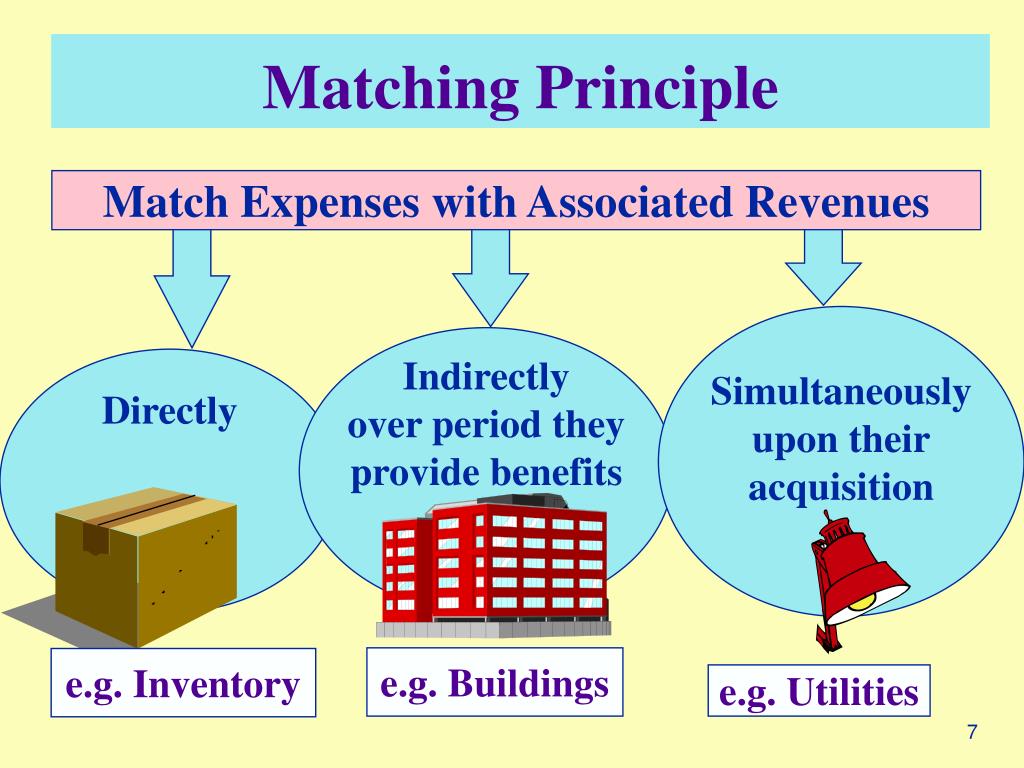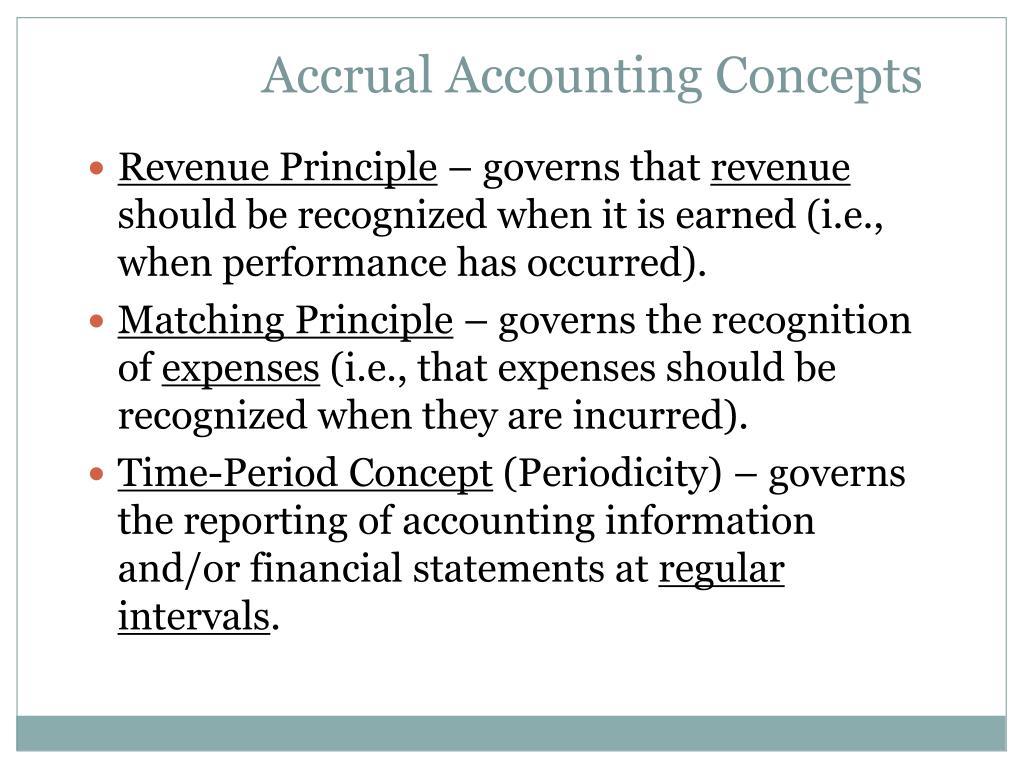
It can be challenging to identify the specific expenses related to a particular revenue source, particularly in cases where multiple products or services are sold.Estimating expenses can be difficult, particularly for long-term projects or those with variable costs.Enables companies to demonstrate transparency and accountability to stakeholders, promoting trust and credibility.It helps businesses to comply with regulatory requirements and maintain good standing with financial institutions and creditors.Facilitates the preparation of tax returns and compliance with tax regulations.Aligns with generally accepted accounting principles and reporting standards.It enables investors and other stakeholders to evaluate a company’s financial health and potential for future growth.It helps management to make informed decisions about pricing, cost control, and resource allocation.It helps businesses to identify and control their costs effectively.Enhances the reliability and comparability of financial statements across different periods.Allows properly matching expenses with the related revenue generated during the same period.Provides a more accurate representation of a company’s financial performance over a period of time.Even in case of a moratorium or payment is made in the next financial year, the interest expense will be recognized in the same year as per the matching principle.

When a company has a loan and the interest expense is incurred in a particular year, then the interest expense is recorded in the same year.So, the income statement accurately reflects the cause-and-effect relationship between costs and revenues. It ensures that a business’s revenues are reported in the same period as the associated expenses. When a company provides services in November but receives no payment until February, the revenue should still be recognized in November.When a company generates sales revenue during a particular period, the cost of goods sold associated with those sales should be recognized in the same period, even if the company pays for the goods at a later time.


The matching principle is similar to the accrual basis of accounting, which states that revenue and expenses are to be recognized as and when they are incurred, irrespective of whether cash is transferred. Related revenues (highlighting cause-and-effect relation), and.The basic three factors of this principle are: The matching principle concept relies on the cause-and-effect relationship that binds expenses and their associated revenues. The matching principle is a core concept that guides the preparation of financial statements, such as the income statement, cash flow statement, and balance sheet. The Importance of the Matching Principle.


 0 kommentar(er)
0 kommentar(er)
